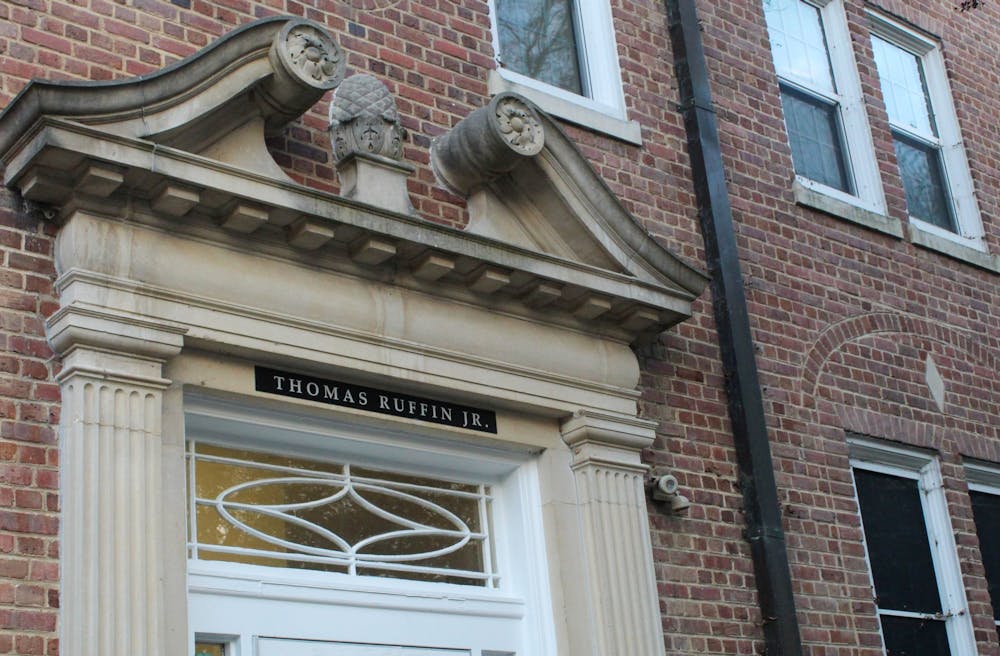More than 30 names of white supremacists and slaveholders mark the landscape of UNC, from residence halls to academic buildings to the football stadium, according to the University Commission on History, Race and a Way Forward.
These namings occurred between the late 1790s and the late 1960s — less than two decades after Black students were legally allowed to attend the University.
Over the past five years, however, the University has started taking action to address the legacies of those for which these buildings have been named. On July 16, the Board of Trustees created a formal name removal policy.
The process to remove these names involves a formal name removal request, thorough evaluation from the commission, review from a chancellor-appointed committee and, lastly, deliberation among the Board of Trustees.
“It’s time-consuming work, and it’s meticulous work,” Patricia Parker, a chairperson of the Commission on History, Race and a Way Forward, said about conducting research into the University’s past.
Parker and her fellow chairperson, James Leloudis, are leading the three-year charge on learning, teaching and researching the University’s history with race. The commission provides recommendations to the chancellor on how the community can reckon with its past.
Its work came to fruition on July 29 when the Board of Trustees voted to remove four names — Charles Aycock, Julian Carr, Josephus Daniels and Thomas Ruffin Sr. — from campus buildings at the initial request and recommendation of the commission.
However, before those names reached the Board of Trustees, they were reviewed by the Chancellor’s ad-hoc committee — a key step in the name removal policy.
“That group looked at the research [of the Commission] against the policy and made a consensus recommendation back to the Chancellor that all four of those names were not names that are part of our aspiration as an institution, didn’t reinforce the values that we have today, and should come off those buildings,” David Routh, vice chancellor for development and chairperson of the 13-member ad-hoc committee, said.




